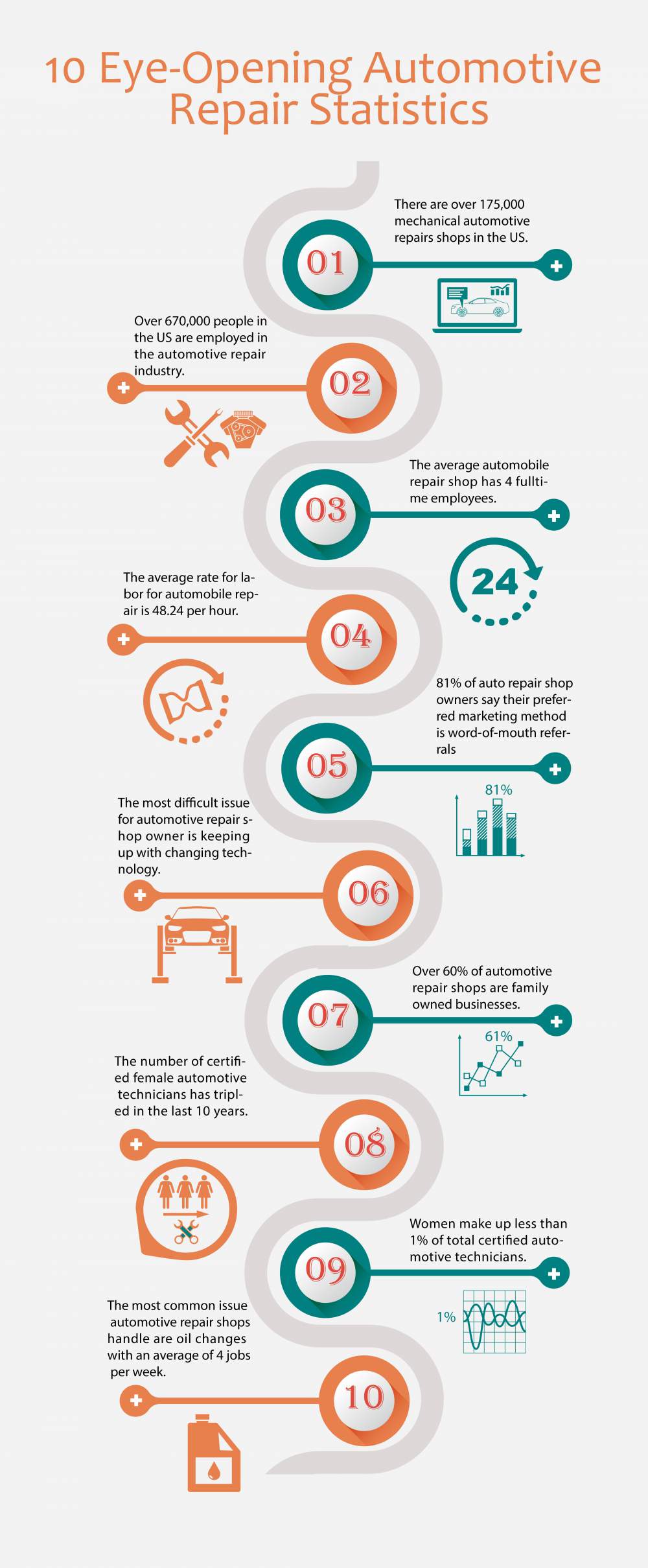Wondering About The Definition Behind Those Dashboard Caution Lights? Gain Insights Right Into Their Ramifications For Your Vehicle'S Safety And Upkeep
Wondering About The Definition Behind Those Dashboard Caution Lights? Gain Insights Right Into Their Ramifications For Your Vehicle'S Safety And Upkeep
Blog Article
Authored By-Vinson Corbett
When you lag the wheel, those beautiful caution lights on your dashboard can be a little bit perplexing. Do you understand what they're trying to inform you concerning your automobile's health? Comprehending the importance of these lights is important for your safety and the long life of your lorry. So, the next time one of those lights pops up, would not you intend to decode its message properly and take the needed actions to address it?
Common Caution Lighting and Interpretations
Determine common warning lights in your vehicle and understand their significances to make sure risk-free driving.
One of the most normal warning lights consist of the check engine light, which indicates concerns with the engine or emissions system. If this light comes on, it's critical to have your car checked without delay.
https://www.claimsjournal.com/news/national/2021/11/10/306996.htm cautioning light suggests low oil pressure, calling for immediate focus to stop engine damages.
A flashing battery light could suggest a malfunctioning charging system, possibly leaving you stranded if not attended to.
The tire stress tracking system (TPMS) light notifies you to reduced tire pressure, influencing vehicle security and fuel efficiency. Neglecting this could result in unsafe driving conditions.
The abdominal light suggests a problem with the anti-lock braking system, jeopardizing your ability to stop promptly in emergencies.
Finally, https://elliotticxtm.bloggerswise.com/38161637/analyzing-your-car-s-alert-lighting-their-true-implications cautioning light warns of engine getting too hot, which can result in extreme damages if not solved quickly.
Understanding these common caution lights will help you address problems quickly and maintain safe driving problems.
Importance of Prompt Interest
Understanding the typical warning lights in your car is only the initial step; the importance of promptly attending to these warnings can't be highlighted sufficient to ensure your safety and security when driving.
When a caution light illuminates on your dashboard, it's your auto's means of interacting a potential problem that requires interest. Neglecting these cautions can bring about much more severe issues down the road, endangering your security and possibly costing you much more in repairs.
Motivate interest to warning lights can prevent failures and accidents. For instance, a blinking check engine light might suggest a misfire that, if left unattended, can create damage to the catalytic converter. Addressing this quickly can save you from an expensive repair work.
Similarly, a brake system warning light might signal low brake liquid or used brake pads, essential parts for your security when driving.
Do It Yourself Troubleshooting Tips
If you observe a warning light on your control panel, there are a couple of do it yourself troubleshooting suggestions you can attempt prior to seeking expert help.
The initial step is to consult your cars and truck's handbook to recognize what the details warning light shows. Often the problem can be as easy as a loose gas cap causing the check engine light. Tightening up https://ecutuningforbeginners28495.jaiblogs.com/58223510/making-clear-the-top-five-misunderstandings-about-automobile-describing may deal with the issue.
An additional common issue is a low battery, which can set off different alerting lights. Checking the battery connections for corrosion and guaranteeing they're protected could repair the issue.
If a warning light lingers, you can attempt resetting it by separating the automobile's battery for a few minutes and then reconnecting it. Furthermore, inspecting your automobile's fluid degrees, such as oil, coolant, and brake liquid, can aid troubleshoot cautioning lights associated with these systems.
Final thought
To conclude, understanding your cars and truck's warning lights is vital for maintaining your vehicle running smoothly and securely. By without delay attending to these notifies and knowing what they suggest, you can prevent pricey repairs and potential failures.
Bear in mind to consult your auto's handbook for certain details on each advising light and act appropriately to make sure a trouble-free driving experience.
Remain notified, remain secure when traveling!
